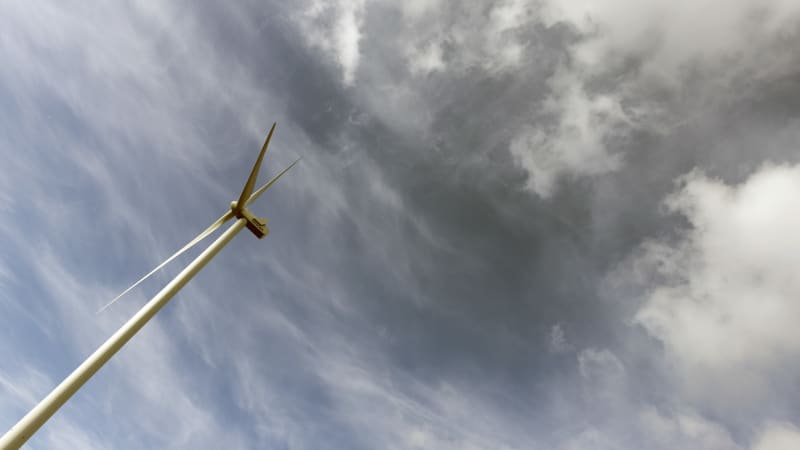
The report has taken into account the effects on valuable landscape areas and the built cultural environment, as well as significant nature, cultural tourism and recreation areas.
In the construction of wind power, according to the report commissioned by the North Ostrobothnia Association, efforts should be made to mitigate the landscape damage caused by the construction of wind power in areas where the power plants have a large impact on the landscape.
Especially sensitive areas are the coastal areas of the Pärämere, the extensive farming areas of Liminga, and large lake and marsh areas. These include, for example, Lake Oulu, Lake Pyhä, Lake Lamujärvi and Reservoir Uljua.
Regarding bogs, Olvassuo has been defined as a nationally valuable landscape area, and provincially valuable bog landscapes are Pyhännä bog group, Iso Matinsuo, Revonneva and Hirvisuo and Kuusisuo – Hattusuo.
According to the report, especially open and sparsely wooded bog areas, which are associated with nature values, are sensitive to the landscape effects caused by wind power.
When planning wind power, one should also avoid situations where, for example, a village or region is blocked by wind power areas located in completely different directions.
The TUULI wind power survey is part of the preparation of the province’s wind power plan. The now completed landscape survey is the last background survey of the TUULI project. In the assessment of the landscape effects, the combined effects caused by several wind power projects have been taken into account, also at a distance of 40 kilometers outside the borders of the province of North Ostrobothnia.
*Follow what’s happening near you.* *Read* *more news from North Ostrobothnia.*
